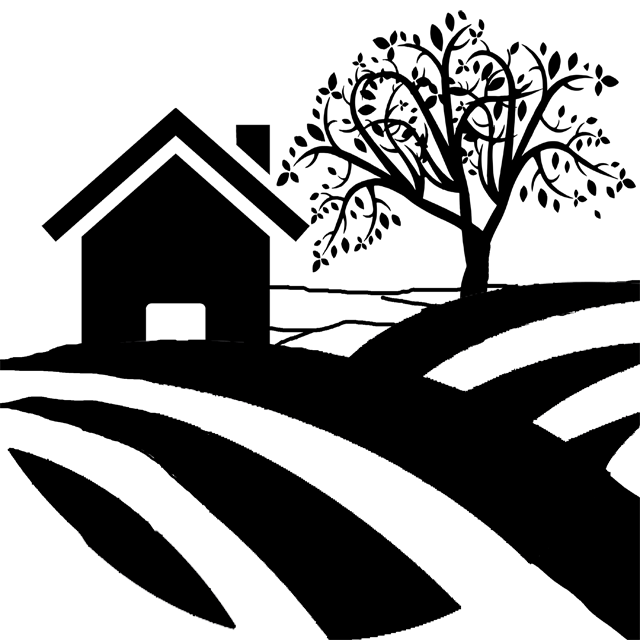
It’s a commonly accepted fact—just check out our cattle breed guide or any other resource that allows for a comparison of beef and dairy breed temperaments. While no bull is entirely safe, dairy bulls are just downright dangerous.
Here are some of the reasons why.
Genetics
Because as a general rule dairy farming is intensive and beef cattle ranching is extensive, the focus of selection in each group is different. A beef producer wants as little headache as possible. He will specifically select for bulls that won’t threaten humans in the corral or tear up low-maintenance barbed wire fences. Dairy producers, when they do not rely on artificial insemination, use tightly controlled environments (including very sturdy, secure housing) and usually plan to cull their bull after a couple of years, before he has an opportunity to develop a bad attitude.
Of course, this is all generalization. Individual breeders weigh temperament differently when making their genetic decisions. If sound temperament is a priority to you, choose a seedstock provider who places the same or higher priority on disposition. There are disagreeable bulls in every breed, partly because not every breeder pursues good temperament in his herd. Very stringent culling is required to correct temperament problems, and this can be economically trying.
That said, there are definitely breeds that have earned better reputations for disposition than others. Jersey bulls are downright vicious, while some dual-purpose bulls, such as the American Milking Devon, are respectful if raised properly.
Upbringing
Dairy bulls are more likely to be raised on bottles or buckets than by their mothers. While this maximizes milk output, it also has social ramifications. A bottle-raised calf may grow up thinking that humans are cattle and can be bossed around like other herdmates. Beef calves are generally raised by their mothers. They learn the difference between a bovine and a human from day one.
Furthermore, cattle raised on bottles grow up with a certain amount of spoiling due to some of the tendencies of the human species. People who feed calves from a bottle naturally also want to pet and fondle the baby bull. After all, he’s pretty cute when he’s little. They may inadvertently reward bossy behavior by feeding the calf when he pushes in for his milk. They may also make the mistake of petting the calf on the forehead. Remember that bulls establish dominance by pushing each other with their heads. Pressure on the head is a challenge likely to elicit a shove.
Dairy bulls are also likely to be reared in isolation from other cattle. Young bulls have an innate need to vie for dominance with other herd animals. In the absence of cattle, they will follow their instincts in asserting themselves over people. Beef calves typically have the advantage of being raised in a herd, where they can mingle with other cattle and establish a pecking order. Young dairy bull calves usually have improved dispositions when raised in groups.
Bull Management
Dairy bulls are frequently kept penned up by themselves for long periods of time. Many beef bulls these days are turned out with the cows year-round. The idea behind keeping the bull by himself is to create a shorter breeding season, which in turn creates a shorter calving season, which in turn makes cattle management easier. However, it can lead to frustration for the bull. There is always the possibility that he will vent his annoyance on humans.
An Additional Warning on Dairy Bulls
Many dairy bulls start life docile and trustworthy. Their disposition often changes when they reach three to five years of age. And there is rarely any warning of what is coming, either! Most producers with experience with dairy bulls state that one day the bull will be easygoing and the next he will out for blood. The takeaway message—just because a dairy bull acts friendly when young is no guarantee that he will be a keeper throughout his life.
So what is the alternative for a farmer who does not want to place the entire family at risk? Artificial insemination is much safer for the humans involved, and is typically considered the economical way to breed a handful of cows. For those who do not want to mess around with special equipment, heat detection, and synchronization hormones, a beef bull with a sound genetic background is probably the ideal choice. The crossbred calves will not be productive replacement milk cows. However, they can have a future at the sale barn, as grass-finished beef, or perhaps even as draft animals.
Helpful Resource
Safest Bull Breeds
Start off on the right foot by choosing one of the safer breeds of beef, dairy, or dual-purpose bulls.


